Summertime post-frontal marine boundary-layer cloudiness transitions
Submitter
Kazemirad, Melissa — Rutgers University
Miller, Mark A.
— Rutgers, The State University of New Jersey
Area of Research
Cloud Processes
Journal Reference
Kazimirad M and M Miller 2020. "Summertime Post-Cold-Frontal Marine Stratocumulus Transition Processes over the Eastern North Atlantic." Journal of the Atmospheric Sciences, 77(6), 10.1175/JAS-D-19-0167.1.
Science

Figure 1. Supercomputer-simulated cloud transitions behind two summertime cold fronts over the Eastern North Atlantic that were observed during July 2017 and 2018. The boxed areas show regions exhibiting transitions between from a solid layer of cloud to broken cloud elements. Such transitions alter the amount of sunlight that reaches the ocean surface. From journal.

Figure 2. Three-day time series of ENA observed (top) and supercomputer-simulated (bottom) cloud and subcloud structure for two cold frontal passages observed in 2017 and 2018. The contour lines indicate cloud boundaries from the ENA cloud radar and the simulations and the shaded areas are sub-cloud vertical velocities from the ENA Doppler lidar (top) and from the simulations (bottom). From journal.
Thin marine clouds that lie just above the ocean surface are the most prevalent cloud type on Earth. They typically resemble vast, continuous cloud sheets in the high and mid-latitudes that transition into broken cloud elements toward the tropics. This study employs supercomputer simulations using advance weather forecast models and observations from the Atmospheric Radiation Measurement (ARM) user facility's Eastern North Atlantic (ENA) observatory to better understand the atmospheric processes that lead to this cloudiness transition.
Impact
The observations and simulations used in this study contribute to our overall understanding of the physical processes that contribute to mid-latitude low-cloud transitions over the oceans. The scale and dimensions of the supercomputer simulations are compatible with the sophisticated remote-sensing technology deployed at the ARM ENA site, thereby enabling the simulations to be evaluated at that location, which lends credibility to the simulations over a broader region.
Summary
Water vapor evaporation and warming of the air near the ocean surface along with the mixing of cloud air with the clear air at the top of the cloud layer as cooler air moves south behind weak summertime cold fronts are key contributors to the summertime low-cloud transition process. Observations have long suggested that an important intermediate phase of the transition process includes widely scattered organized complex clusters of clouds, but the processes that lead to these organized clusters has been difficult to ascertain. The combination of advanced simulations and observations used in this study advances our understanding of the combination of ocean surface evaporation and near-surface warming that leads to the transition and, for the first time, shows the association of these intermediate-phase cloud clusters to the frequently observed summertime cold fronts over the expanse of the Eastern North Atlantic. A key finding of this study is that the transition process behind cold fronts is a continuum that is initially driven by decoupling, which is a process whereby the turbulent transport of water vapor from the ocean surface into the cloud layer is reduced. Results show that decoupling results from the integrated impact of the ocean surface latent and sensible heat fluxes and that cloud-top mixing processes only become important in the transition process after the boundary layer is decoupled.
Keep up with the Atmospheric Observer
Updates on ARM news, events, and opportunities delivered to your inbox
ARM User Profile
ARM welcomes users from all institutions and nations. A free ARM user account is needed to access ARM data.


















